|
Mammal Tracks and Sign
|
Porcupine
Page 2 of 3
|
|
|
|
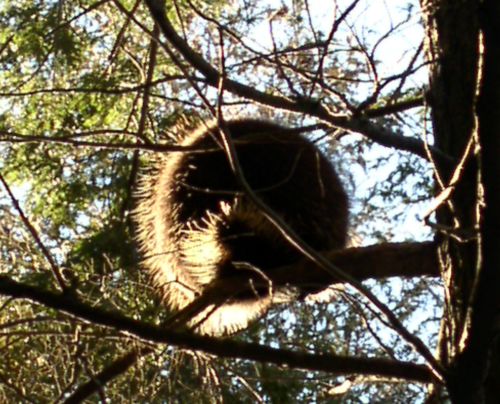 |
|
|
|
|
|
|
DENS |
|
|
|
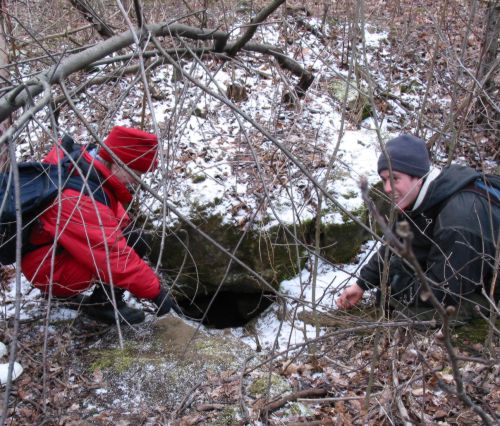
|
Porcupines like to den up in small caves
in rocks.
|
|
|
|
|
|
|
|
|
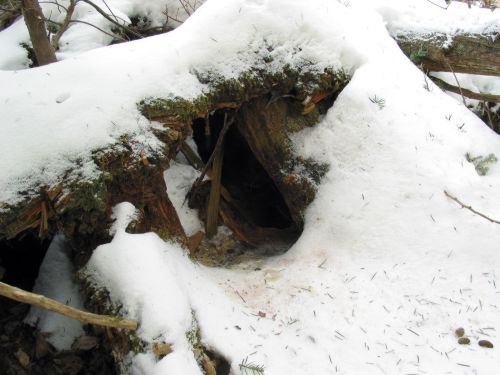
|
Or under fallen trees, if there is a
deep enough and secure enough hole. This was in a swamp.
|
|
|
|
|
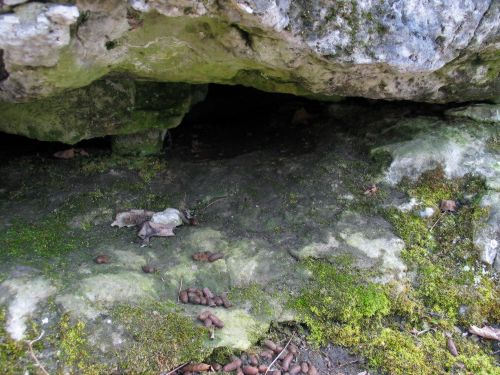
|
A classic typical Porcupine den.
One can often tell that it's a
Porcupine den by the presence of porcupine scat immediately
outside the entrance.
|
|
|
|
|
|
|
|
CHEWS |
|
|
|
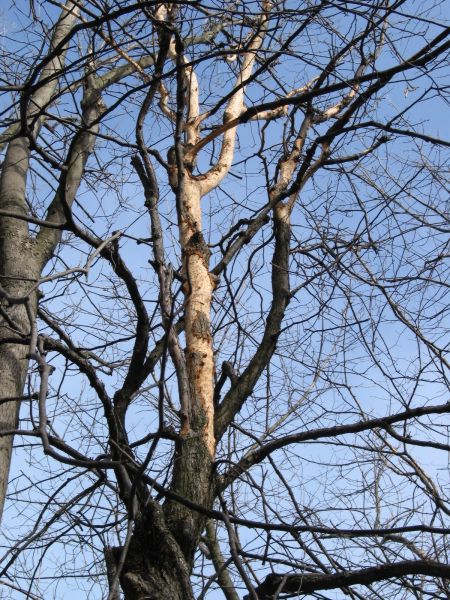
|
Porcupines eat trees. They will often
spend days in a single tree, chewing, digesting, and releasing
scat, which can sometimes be found in considerable volumes
underneath a tree.
|
|
|
|
|
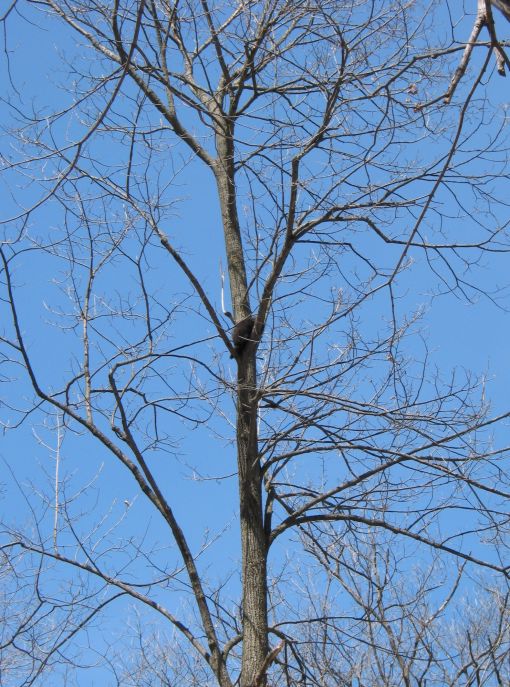
|
They will often simply sleep in the
tree, not coming to ground for several days.
|
|
|
|
|
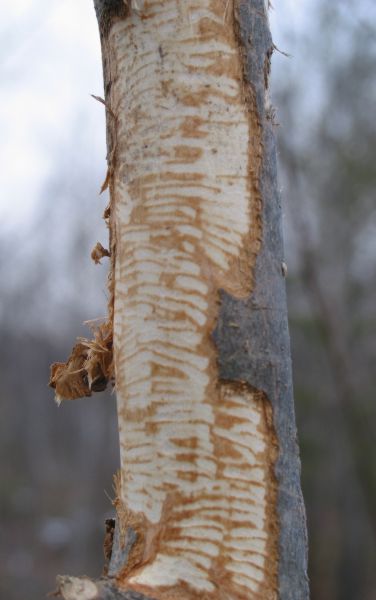
|
Porcupines are rodents, and as such, have two main
front teeth that continually grow. Gnawing wood wears them down.
Here are the teeth marks of a porcupine. Notice the similarity
between these marks and those of
beaver.
|
|
|
|
|
|
|
|
HAIR |
|
|
|
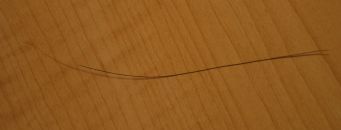
|
A Porcupine hair.
|
|
|
|
|
|
|
|
OTHER SIGN |
|
|
|
In spite of spending so much time in trees, porcupines sometimes fall
out of trees! Healed bone fractures are frequently found in porcupines.
The following photo shows what could be a fall site, where a porcupine
hit the ground. Note the shape of the compression in the snow, along
with the presence of quills. |
|
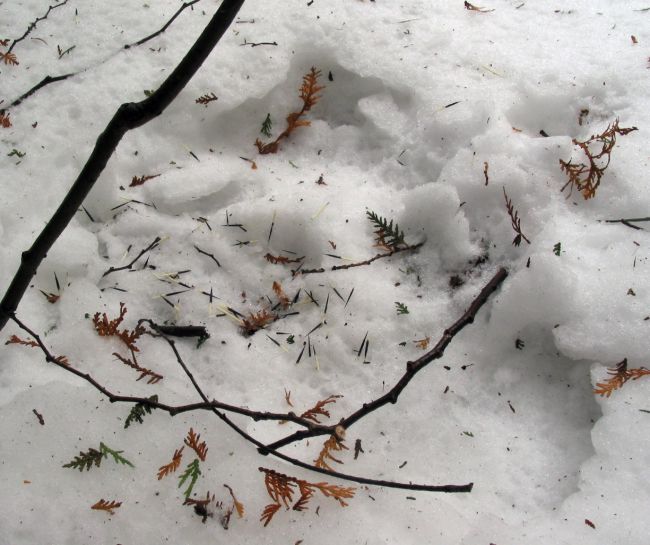 |
|
|
|
Previous
Next |
|
|